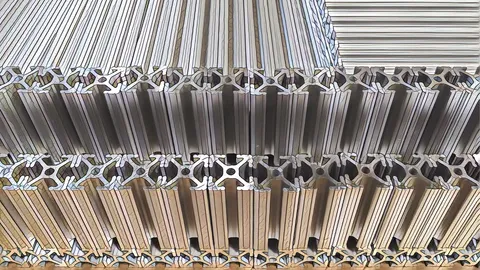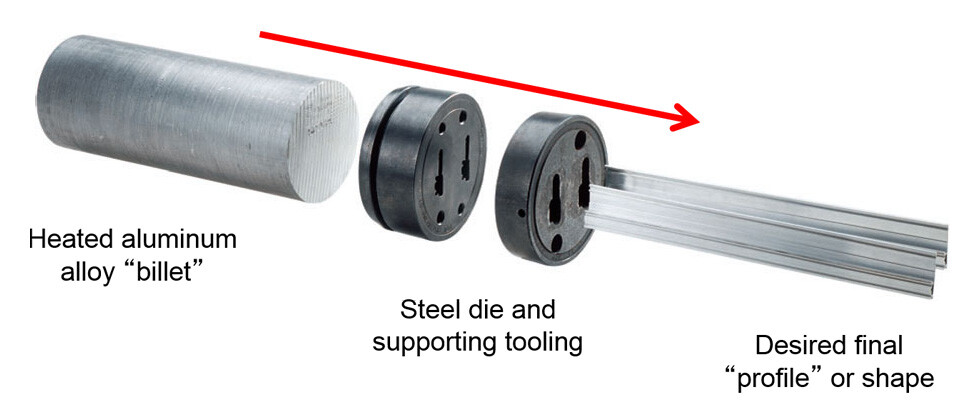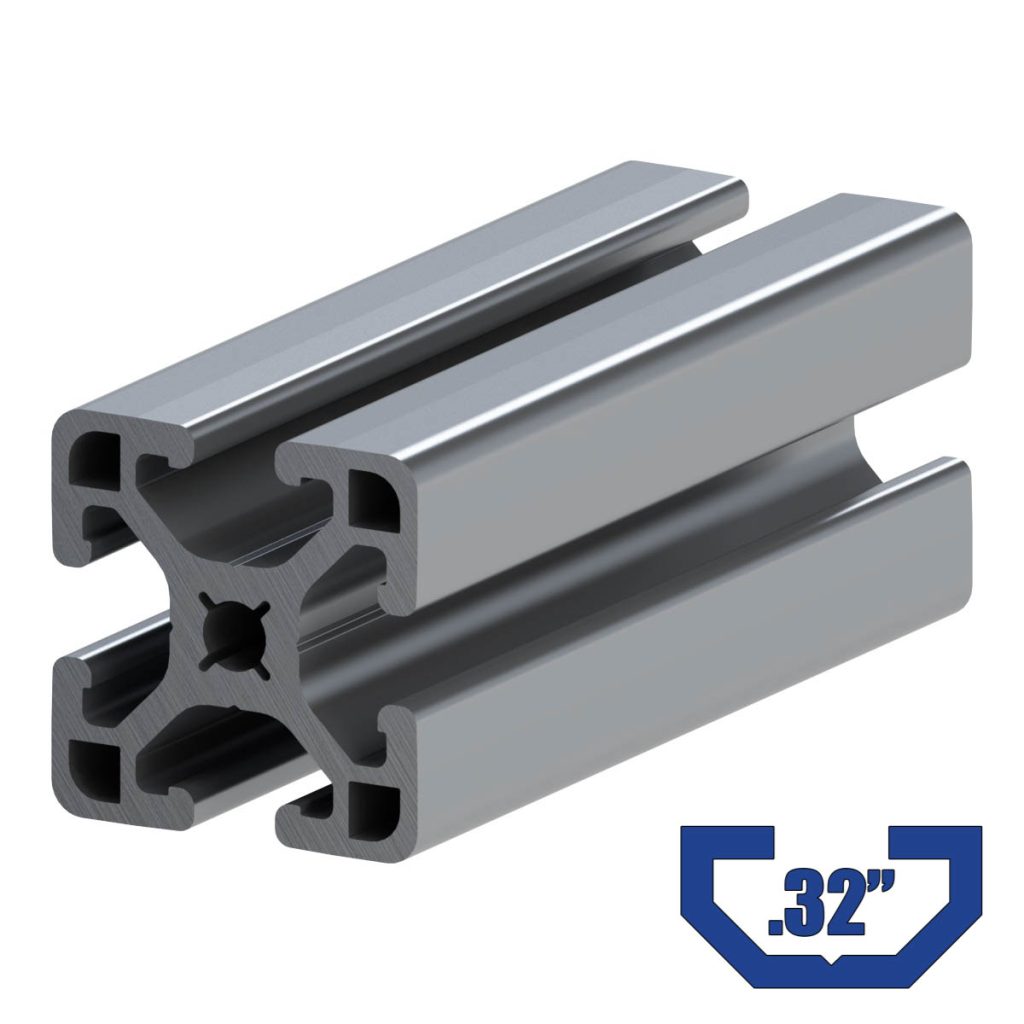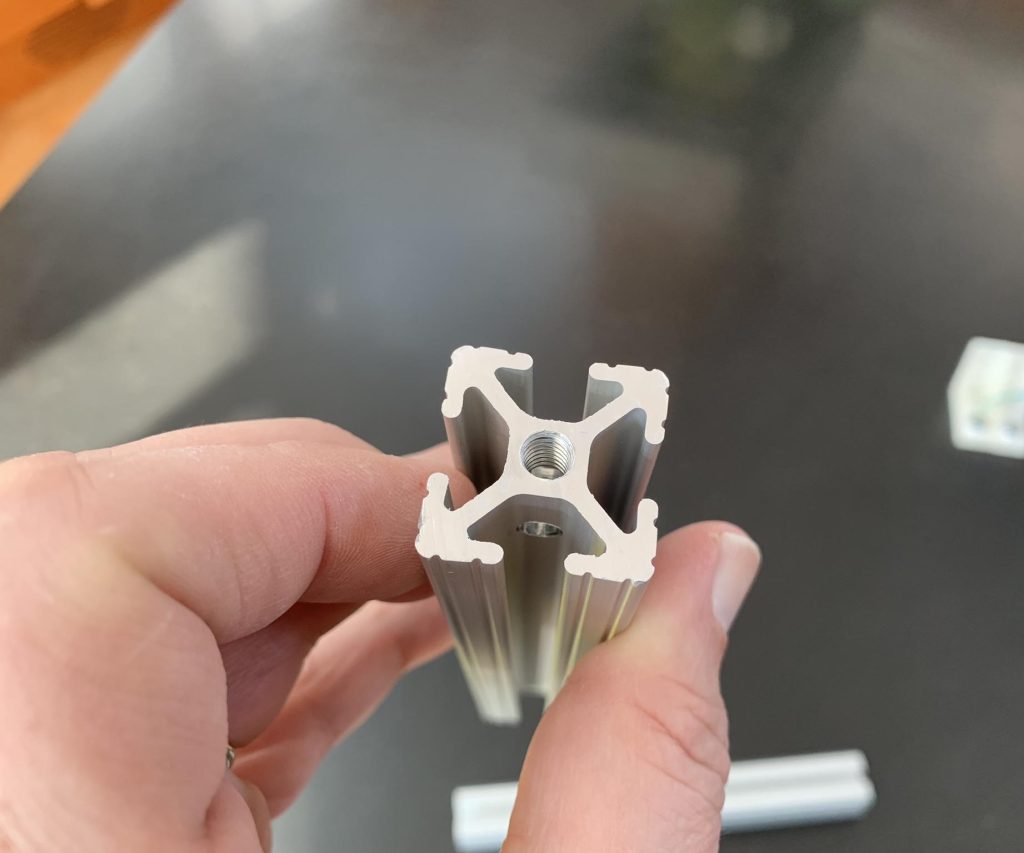Table of Contents
- Frequently Asked Questions
- What is the maximum temperature that aluminum extrusions can withstand before warping?
- What factors determine the maximum temperature that aluminum extrusions can withstand?
- What happens when aluminum extrusions exceed their maximum temperature limit?
- How can the maximum temperature limit of aluminum extrusions be increased?
- Can aluminum extrusions be used in high-temperature applications?
Aluminum extrusions are widely used in various industries due to their strength, durability, and versatility. However, when exposed to high temperatures, they can warp, leading to structural instability and potential safety hazards. This raises the question, how hot can aluminum extrusions get before they begin to warp?
To answer this question, we need to dive into the properties of aluminum and the extrusion process. Understanding the behavior of aluminum at high temperatures and the factors that affect its performance can help us determine the maximum temperature that aluminum extrusions can withstand without warping. So, let’s explore this topic further and find out how hot is too hot for aluminum extrusions.
How Hot Can Aluminum Extrusions Get Before It Warps?
Understanding the Limits of Aluminum Extrusions
Aluminum extrusions are a popular choice for a wide range of industrial applications, thanks to their durability, versatility, and cost-effectiveness. However, one of the key factors that can impact the performance of aluminum extrusions is their ability to withstand high temperatures. While aluminum is known for its excellent heat conductivity, it can also warp or deform when exposed to extreme heat. So, how hot can aluminum extrusions get before they start to warp?
The answer to this question depends on various factors, such as the alloy composition, the shape and thickness of the extrusion, and the duration of the exposure to heat. In general, aluminum extrusions can withstand temperatures of up to 500 degrees Fahrenheit (260 degrees Celsius) without deforming or warping. However, this threshold can vary depending on the specific application and the extrusion’s intended use.
Factors that Affect Aluminum Extrusion’s Heat Tolerance
Several factors affect how hot aluminum extrusions can get before they start to warp. The most crucial factors include:
1. Alloy Composition: Different aluminum alloys have varying melting points and thermal conductivity. The most common alloys used for extrusions are 6061 and 6063, which can withstand temperatures up to 500 degrees Fahrenheit. Other alloys, such as 2024 and 7075, have higher melting points but may not be suitable for extrusions due to their lower thermal conductivity.
2. Extrusion’s Shape and Thickness: The shape and thickness of the extrusion also play a critical role in its heat tolerance. Thicker extrusions can withstand higher temperatures than thinner ones, while complex shapes may be more prone to warping due to uneven heat distribution.
3. Duration of Exposure to Heat: The longer an aluminum extrusion is exposed to high temperatures, the more likely it is to warp or deform. Therefore, it’s essential to limit the duration of exposure to extreme heat and allow the extrusion to cool down gradually.
Benefits of Aluminum Extrusions
Despite the limitations of heat tolerance, aluminum extrusions remain one of the most popular choices for industrial applications, thanks to their numerous benefits. Some of the key advantages of aluminum extrusions include:
1. Durability: Aluminum extrusions are highly resistant to corrosion, rust, and other forms of wear and tear. They can withstand harsh weather conditions and extreme temperatures, making them ideal for outdoor use.
2. Versatility: Aluminum extrusions can be easily customized to suit a wide range of applications, thanks to their flexibility and adaptability. They can be shaped into complex designs and can be used for various purposes, such as framing, structural support, and decorative elements.
3. Cost-Effectiveness: Aluminum extrusions are relatively inexpensive compared to other materials, such as steel or titanium. They are also lightweight, which reduces transportation and installation costs.
Aluminum Extrusions Vs. Other Materials
While aluminum extrusions have many benefits, they may not be suitable for all applications. Other materials, such as steel, titanium, and copper, may be more appropriate for certain industries and environments. Here are some key differences between aluminum extrusions and other materials:
1. Steel: Steel is stronger and more durable than aluminum, making it ideal for heavy-duty applications. However, it’s also heavier and more expensive, which may not be suitable for all projects.
2. Titanium: Titanium is even stronger than steel and has excellent corrosion resistance. However, it’s also the most expensive option, which may not be feasible for many applications.
3. Copper: Copper is an excellent conductor of heat and electricity and is often used in electrical applications. However, it’s also relatively heavy and expensive, which may limit its use in other industries.
Conclusion
In summary, aluminum extrusions can withstand temperatures of up to 500 degrees Fahrenheit without warping or deforming. However, this threshold can vary depending on various factors such as alloy composition, extrusion shape, and duration of exposure to heat. Despite their limitations, aluminum extrusions remain a popular choice for industrial applications due to their durability, versatility, and cost-effectiveness. By understanding the limits of aluminum extrusions, you can make informed decisions about their use in your projects and ensure optimal performance and longevity.
Frequently Asked Questions
Aluminum extrusions are commonly used in various industries due to their unique properties. However, the temperature at which they warp is a concern for many. Here are some frequently asked questions about how hot aluminum extrusions can get before they warp:
What is the maximum temperature that aluminum extrusions can withstand before warping?
Aluminum extrusions are known for their ability to withstand high temperatures. The exact temperature at which they warp varies depending on the grade of aluminum and the specific extrusion design. Generally, aluminum extrusions can withstand temperatures up to 500°F without warping. However, some high-strength aluminum alloys can withstand even higher temperatures up to 700°F.
It is important to note that prolonged exposure to high temperatures can cause the extrusion to weaken and lose its strength. Therefore, it is recommended to avoid exposing aluminum extrusions to temperatures above their maximum limit for extended periods of time.
What factors determine the maximum temperature that aluminum extrusions can withstand?
The maximum temperature that aluminum extrusions can withstand depends on several factors such as the alloy used, the shape and thickness of the extrusion, and the cooling rate after extrusion. For example, extrusions with thicker walls and more complex shapes tend to have lower maximum temperature limits compared to simpler, thinner extrusions.
The cooling rate after extrusion also affects the maximum temperature limit of the extrusion. Rapid cooling can cause stress and warping, while slower cooling can allow the extrusion to maintain its shape even at higher temperatures.
What happens when aluminum extrusions exceed their maximum temperature limit?
When aluminum extrusions exceed their maximum temperature limit, they start to lose their strength and may become deformed. This can lead to structural failures and safety hazards in applications where the extrusions are supporting loads or structures.
In addition, prolonged exposure to high temperatures can cause the extrusion to undergo a process called “creep,” where the metal slowly deforms over time even under low stress. This can compromise the integrity and lifespan of the extrusion.
How can the maximum temperature limit of aluminum extrusions be increased?
The maximum temperature limit of aluminum extrusions can be increased by using high-strength alloys or modifying the extrusion design. For example, increasing the wall thickness or reducing the complexity of the extrusion shape can increase its maximum temperature limit.
Another way to increase the maximum temperature limit is to use post-extrusion treatments such as heat treatment or artificial aging. These treatments can improve the strength and stability of the extrusion at high temperatures, allowing it to withstand more stress and deformation.
Can aluminum extrusions be used in high-temperature applications?
Yes, aluminum extrusions can be used in high-temperature applications as long as their maximum temperature limit is not exceeded. Many industries such as aerospace, automotive, and construction use aluminum extrusions in high-temperature environments such as engine components, heat exchangers, and building facades.
However, it is important to consider the specific application requirements and consult with experts in the field to ensure that the extrusions are suitable for the intended use and will not pose any safety risks.
In conclusion, determining the maximum temperature that aluminum extrusions can withstand before warping is crucial for several industries, including aerospace, automotive, and construction. While the exact threshold varies depending on the alloy, shape, and dimensions of the extrusion, it is generally accepted that aluminum begins to soften and lose strength at around 400°F.
To prevent warping and distortion, manufacturers and engineers must carefully consider the extrusion process, including the temperature and cooling rate, as well as the design and support structures. By doing so, they can ensure the highest quality and durability of their products, while also optimizing their production efficiency and cost-effectiveness.
Overall, while aluminum extrusions can withstand high temperatures, it is essential to understand their limitations and factors that can affect their performance. By taking a comprehensive and scientific approach to extrusion design and production, manufacturers can create innovative and reliable solutions for their customers, while also pushing the boundaries of what is possible in the world of aluminum extrusions.
Request a quote today!
[contact-form-7 id="1578" title="Contact form"]
Please compress the file into a ZIP or RAR file before uploading. Alternatively, send through your RFQ by email.
enquires@unitymanufacture.com





